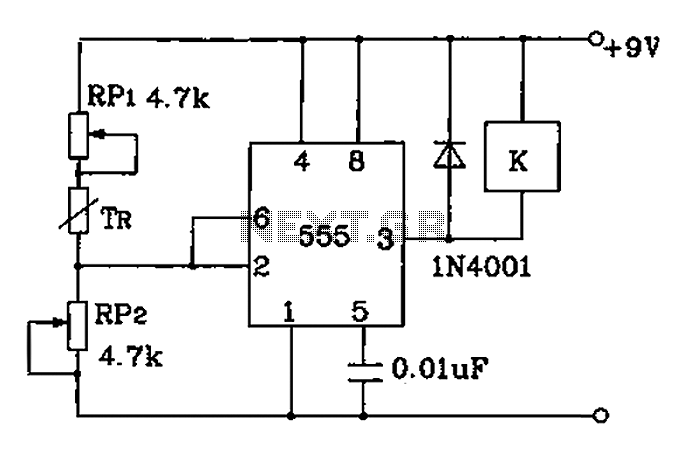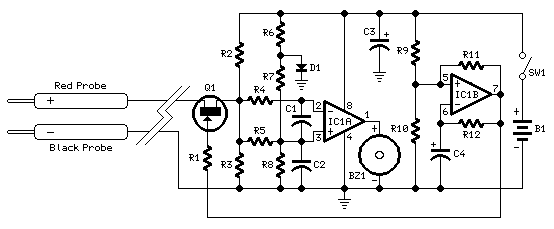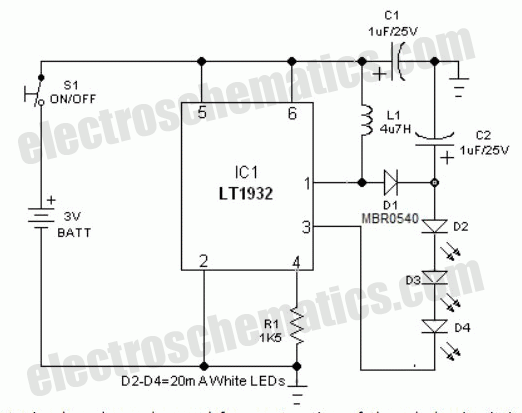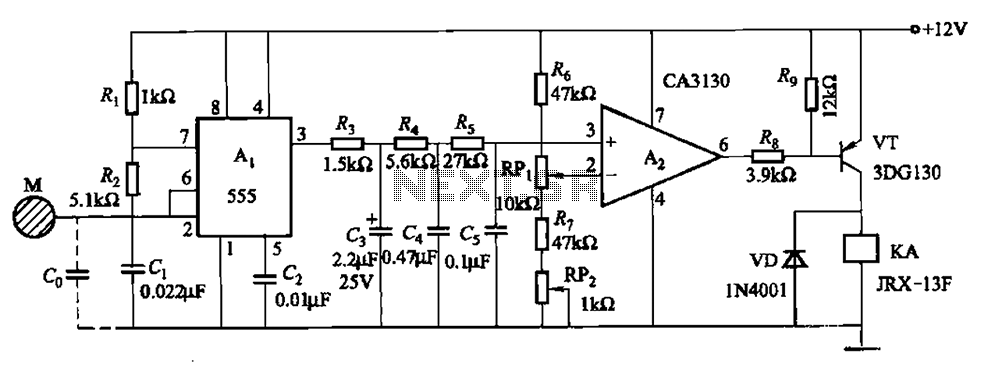
T-121 temperature sensors form a temperature control circuit diagram

Adjust RP1 and RP2 to set the preset temperature control point. The 555 circuit is configured as a Schmitt inverter circuit that automatically controls a relay device. This forms part of the T-121 temperature control circuit, which includes a temperature sensor as illustrated below.
The T-121 temperature control circuit utilizes a 555 timer IC configured in a Schmitt trigger mode to provide stable and reliable temperature regulation. The circuit operates by adjusting the variable resistors RP1 and RP2, which set the threshold levels for temperature detection. As the temperature sensor detects changes in ambient temperature, it outputs a corresponding voltage signal to the 555 timer.
The Schmitt inverter configuration is advantageous due to its hysteresis property, which prevents rapid switching of the relay in response to minor fluctuations in temperature. This results in a more stable operation and reduces wear on the relay contacts. The relay serves as a switching device that can control larger loads, such as heating elements or cooling fans, based on the output from the 555 timer.
The temperature sensor, typically a thermistor or a thermocouple, is positioned in the environment where temperature monitoring is required. Its resistance changes with temperature, providing a varying voltage signal to the input of the 555 timer. The circuit can be fine-tuned by adjusting RP1 and RP2, allowing for precise control over the activation and deactivation points of the relay.
Overall, the T-121 temperature control circuit is an effective solution for maintaining desired temperature levels in various applications, ensuring that the connected devices operate within safe temperature ranges. The inclusion of the Schmitt trigger and relay enhances the reliability and efficiency of the temperature control system.Adjust RP1, RP2 can be preset temperature control point, 555 circuit Schmitt inverter circuit with relay device automatically. T-121 temperature control circuit constituting th e temperature sensor as shown below:
The T-121 temperature control circuit utilizes a 555 timer IC configured in a Schmitt trigger mode to provide stable and reliable temperature regulation. The circuit operates by adjusting the variable resistors RP1 and RP2, which set the threshold levels for temperature detection. As the temperature sensor detects changes in ambient temperature, it outputs a corresponding voltage signal to the 555 timer.
The Schmitt inverter configuration is advantageous due to its hysteresis property, which prevents rapid switching of the relay in response to minor fluctuations in temperature. This results in a more stable operation and reduces wear on the relay contacts. The relay serves as a switching device that can control larger loads, such as heating elements or cooling fans, based on the output from the 555 timer.
The temperature sensor, typically a thermistor or a thermocouple, is positioned in the environment where temperature monitoring is required. Its resistance changes with temperature, providing a varying voltage signal to the input of the 555 timer. The circuit can be fine-tuned by adjusting RP1 and RP2, allowing for precise control over the activation and deactivation points of the relay.
Overall, the T-121 temperature control circuit is an effective solution for maintaining desired temperature levels in various applications, ensuring that the connected devices operate within safe temperature ranges. The inclusion of the Schmitt trigger and relay enhances the reliability and efficiency of the temperature control system.Adjust RP1, RP2 can be preset temperature control point, 555 circuit Schmitt inverter circuit with relay device automatically. T-121 temperature control circuit constituting th e temperature sensor as shown below:





